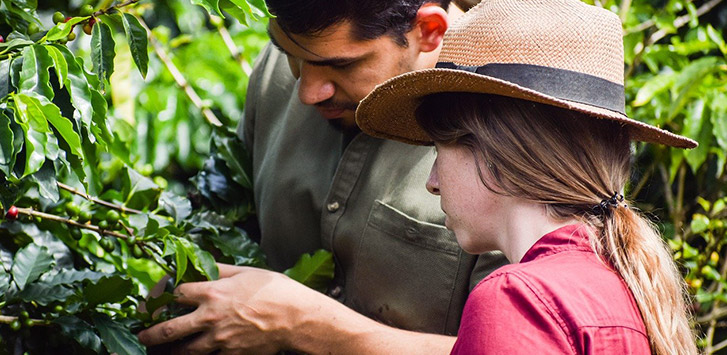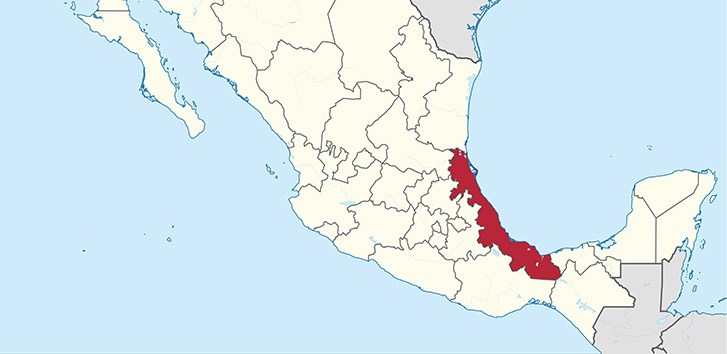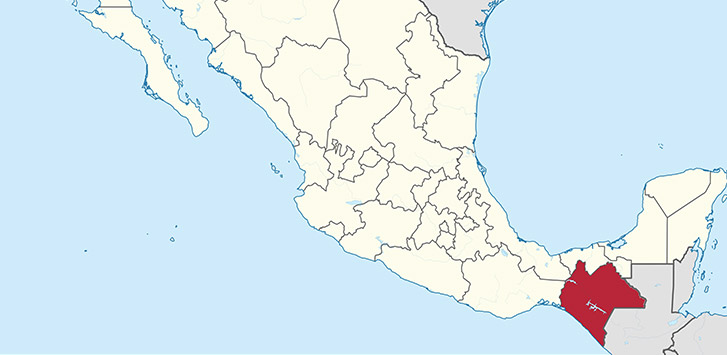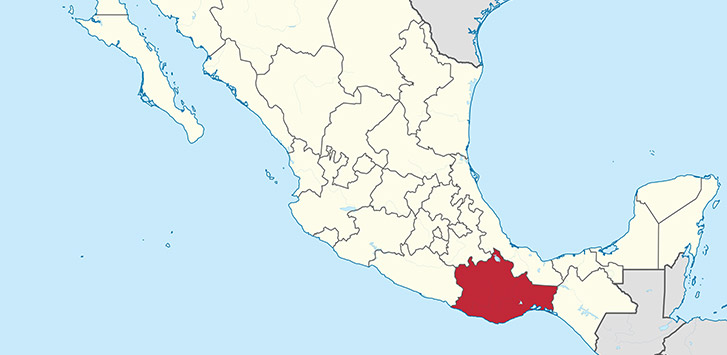
Over the last few centuries, Mexico has become one of the largest coffee-producing countries in the world and the largest producer of organic coffee. With a rich history in coffee, Mexico boasts flavorful, light-bodied cups of coffee.
Mexico’s Long History with Coffee
The Eighteenth Century
Coffee arrived in Mexico in the late 18th century when the Spanish brought coffee plants over from Cuba and the Dominican Republic. Mexican coffee commercialization wasn’t established until German and Italian immigrants moved from Guatemala and other Central American nations.
For a while, though, the focus remained on Mexico’s vast mineral deposits, instead of the growing coffee production until border disputes between Guatemala and Mexico disrupted that status quo. As borders were officially recorded, a small number of Europeans bought Mexican land out from under indigenous people and started coffee plantations, indenturing them.
Post-Mexican Revolution
After the Mexican revolution, labor laws, such as Ley De Obreros of 1914, freed the indentured servants who were employed on the coffee growing plantations throughout Mexico. These freedmen and women brought their hard-earned coffee knowledge back to rural areas of Mexico and started their small coffee farms, giving coffee production and land back to the indigenous people.
The Twentieth Century
In 1954, the production of coffee moved to Mexico from the international market to alleviate some of the cost. In 1973, the Institutional Revolutionary Party (PRI) created the Instituto Mexicano de Café (INMECAFE).
The development-minded government organization saw that coffee was valuable to the economy and sought ways to support its cultivation, provide technical help by providing credit to the farmers, guaranteeing purchases, and transporting the beans to the market. On top of this, it advocated for workers’ rights, indigenous land rights, and ending debt peonage.
At the end of the 1980s, Mexico underwent a heavy economic toll, as it found itself in deep debt to other foreign nations. At this time, the president renounced Mexico’s control on the coffee market, which effectively collapsed INMECAFE as support turned away from the coffee industry. In response to this change, many found themselves migrating to cities or immigrating to the United States.
The Twenty-First Century

After INMECAFE collapsed, cooperatives formed throughout the country to create order once again. The cooperatives replaced transportation, processed the beans, and marketed them, like INMECAFE. During this time, Mexico successfully began to export fair-trade coffee at a stable price.
Over the past decade, the coffee industry has spread to 16 of Mexico’s states, exporting 2.6 million 60-kilo bags of coffee beans in 2018-2019. The industry is made up of 515,000 producers, 85% of which are indigenous people.
Coffee Production & Growing Regions
Mexico boasts a little bit of every climate from deserts to snow-capped peaks to forests to beautiful coastlines along the Caribbean Sea. The three main growing regions exhibit these differences.
Veracruz

Veracruz is alongside the Gulf of Mexico. It was the first Mexican state to have a coffee tree planted back in the 18th century and has kept up a thriving coffee trade ever since as the most technologically advanced coffee state in Mexico. The coffee beans it grows carry notes of blueberries, caramel, and panela with bright acidity and pleasantly sweet and sour aftertaste.
Chiapas

Chiapas is near the Guatemalan border and boasts 40% of the country’s total coffee bean yield. It has a hot, tropical climate with fertile, volcanic soil. Chiapas coffee beans taste of chocolate and nutty flavors, citrus, lemons, and bitters with a round, long-lasting body, and rich acidity.
Oaxaca

Oaxaca is located on the southern slopes of the central mountains in Mexico. The farms are still run similarly to those from the 1940s, producing coffee beans that are distinctive and in high demand. The beans have sweet, caramel overtones with notes of fruit and an orange acidity and creamy body.
Flavor Profiles
The typical Mexican coffee bean is sweet with a lighter-bodied and mild, subtle flavor of jasmine, bergamot, lemongrass, and vanilla. Many of the blends also feature an acidic snap and pleasant dryness, like a glass of white wine. Most of the beans are Arabica and grown in cooler climates, undergoing the washed process.
Brewing Methods
Mexican coffee beans do well with many different brewing methods, such as French Press, cold brew, and a regular drip coffee maker.

If you want to make your coffee a little bit more fun and fancier by only using your drip coffee maker, you can follow this recipe for Mexican Coffee.
- Add medium ground Mexican beans and 2 tsp. cinnamon (or a cinnamon stick) to the filter in your coffee maker. Then, brew.
- Simmer 1 c. milk, 1/3 c. chocolate syrup, and 2 Tbsp. brown sugar on the stove until the sugar disappears.
- Pour the mixture into a cup and fill up the rest of the cup with the coffee-cinnamon combination. Add a little vanilla extract or whipped cream to top it and enjoy!
Mexican coffee is an integral part of Mexico’s history and has survived and thrived despite the odds being stacked against it. The various growing regions produce rich, subtly flavored coffee with a snappy acidity that gives you a pleasant cup of coffee to enjoy.